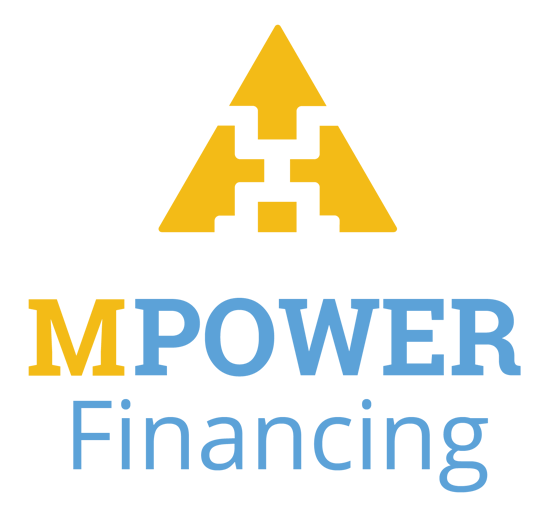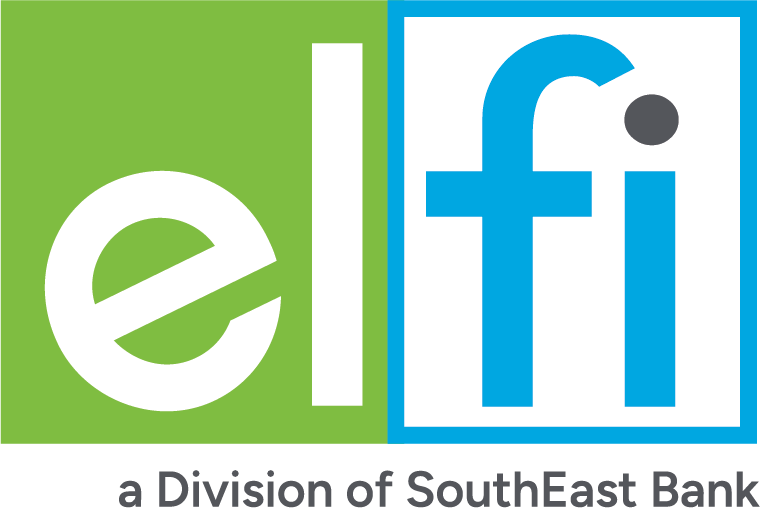How to Pay for Vet School
Most students pay for vet school with student loans, but take steps to minimize how much you borrow.

Many, or all, of the products featured on this page are from our advertising partners who compensate us when you take certain actions on our website or click to take an action on their website. However, this does not influence our evaluations. Our opinions are our own. Here is a list of our partners and here's how we make money.
To get a Doctor of Veterinary Medicine degree, you need a plan to pay for vet school — ideally, one that doesn’t leave you buried in debt.
With the cost for four years of vet school typically exceeding $200,000 on average, you’ll want to think about that bill long before you enroll. By taking steps like choosing an affordable school and earning scholarships, you can minimize how much of your D.V.M. degree you’ll need to finance.
Advertisement



Student loans from our partners

on College Ave website
College Ave 

Best for payment flexibility
Fixed APR
2.89-17.99%
Min. credit score
Mid-600s

on Sallie Mae website
Sallie Mae 

Fixed APR
2.89-17.49%
Min. credit score
Mid-600's

on SoFi® website
SoFi® 

Fixed APR
3.18-15.99%
Min. credit score
Mid-600s
Plan during your undergraduate years
Future vets will spend three to four years in an undergraduate program, followed by four years of vet school. If you also do an internship and residency, it could be 10 to 12 years before you’re making a good income.
Establish a budget during your undergrad years, and look for ways to save or earn money, like working part time. Plan to set aside some of your earnings for vet school costs, if you can.
Compare multiple veterinary schools and choose an affordable school. Get as much free aid as possible for your degrees and borrow only what you need to in student loans.
Choose the most affordable vet school for you
There’s no “Harvard effect” with veterinary schools, says Dr. Tony Bartels, a board member of the VIN Foundation, a nonprofit that offers education and resources for veterinarians. That means vets don’t make more money by graduating from a more prestigious school.
Veterinary programs offer in-state students the best deal. Data from the American Association Veterinary Medical Colleges (AAVMC) shows in-state residents paid roughly $25,000 less on average for vet school tuition and fees than their out-of-state counterparts in the class of 2025.
If your home state doesn’t have a school with an accredited veterinary program, or you didn’t get into it, see if you can establish residency in the state where you plan to enroll. Ask your vet school about its residency requirements to determine if you can qualify.
It’s possible an out-of-state program could cost less if it offers scholarships and grants.
Earn free money
Money you don’t have to repay — scholarships, fellowships and grants — is the best way to pay for vet school. Your veterinary school is likely your best source for free aid. Some schools automatically award this aid upon admission, while others may require additional applications.
Some schools offer free aid to a larger percentage of vet students than others.
For example, Midwestern University in Glendale, Arizona, provides only 2.2% of students in its vet program with institutional scholarships, fellowships and grants, according to the AAVMC. At Purdue University in West Lafayette, Indiana, 92.6% of students receive this kind of assistance.
You should also apply for scholarships for veterinary students from private sources. Local kennel clubs, state organizations and professional associations, such as the American Veterinary Medical Foundation, may offer this funding.
» MORE: How to get a scholarship
Take out student loans
After exhausting savings and free aid, student loans can cover your remaining vet school costs. Roughly 82% of students in the class of 2022 financed all or part of their D.V.M., according to the American Veterinary Medical Association. Those students graduated with an average vet school debt of $147,258 — an amount that's more than the average veterinarian starting salary of $130,000 for 2024 grads.
If you must borrow money for school, it generally makes sense to take out student loans in this order:
- Federal loans for health professions. These subsidized loans have lower interest rates and longer grace periods than other federal options. Health professions student loans are available only at participating vet schools, and you must be financially needy or from a disadvantaged background to qualify.
- Federal unsubsidized and graduate PLUS loans. These federal loans are available to all eligible graduate students. Max out unsubsidized loans first because they have a lower interest rate and smaller fees. You can then use PLUS loans to cover any remaining tuition gap.
- Private student loans. Private lenders may offer better terms than federal loans, depending on your credit or a co-signer’s. Compare vet school loan offers to get the best deal possible.
For most vet students, going with a federal student loan — and getting options like income-driven repayment that can keep monthly payments manageable — will be the best choice. Some states have forgivable loan programs for veterinarians, but you'll typically need to commit to practicing in a rural area or with large animals to qualify.
Complete the Free Application for Federal Student Aid to receive federal student loans. You must provide your parents’ financial information on the FAFSA to receive loans for health professions students, but you should complete this form without that information for other federal student loans.
If only some of the vet schools you apply to offer loans for health professions students, provide the FAFSA with parent information to just those schools. Then, remove your parents’ information and submit that version of the FAFSA to the remaining schools. You can apply for private student loans directly with lenders.
Article sources
NerdWallet writers are subject matter authorities who use primary,
trustworthy sources to inform their work, including peer-reviewed
studies, government websites, academic research and interviews with
industry experts. All content is fact-checked for accuracy, timeliness
and relevance. You can learn more about NerdWallet's high
standards for journalism by reading our
editorial guidelines.
Related articles
AD
A Better Student Loan Experience. Cover 100% of School Costs — Rates From 2.89% APR.
Get my Rate
on College Ave's website

AD

A Better Student Loan Experience. Cover 100% of School Costs — Rates From 2.89% APR.
- Apply in less than 3 minutes;
- Rates starting at 2.89% APR;
- No application, origination, or prepayment fees;
- Flexible repayment options, including deferred or immediate.

Get my Rate
on College Ave's website







